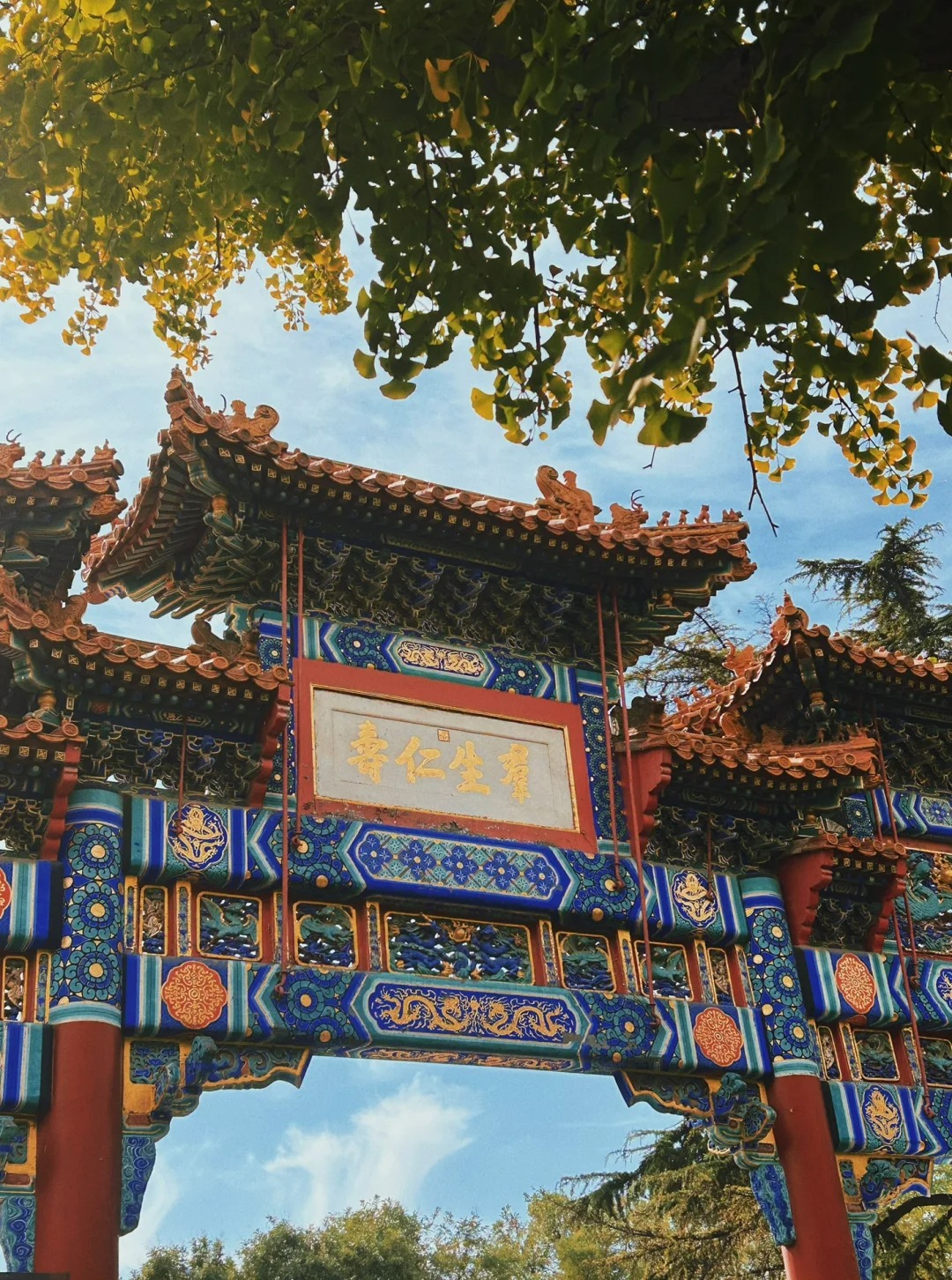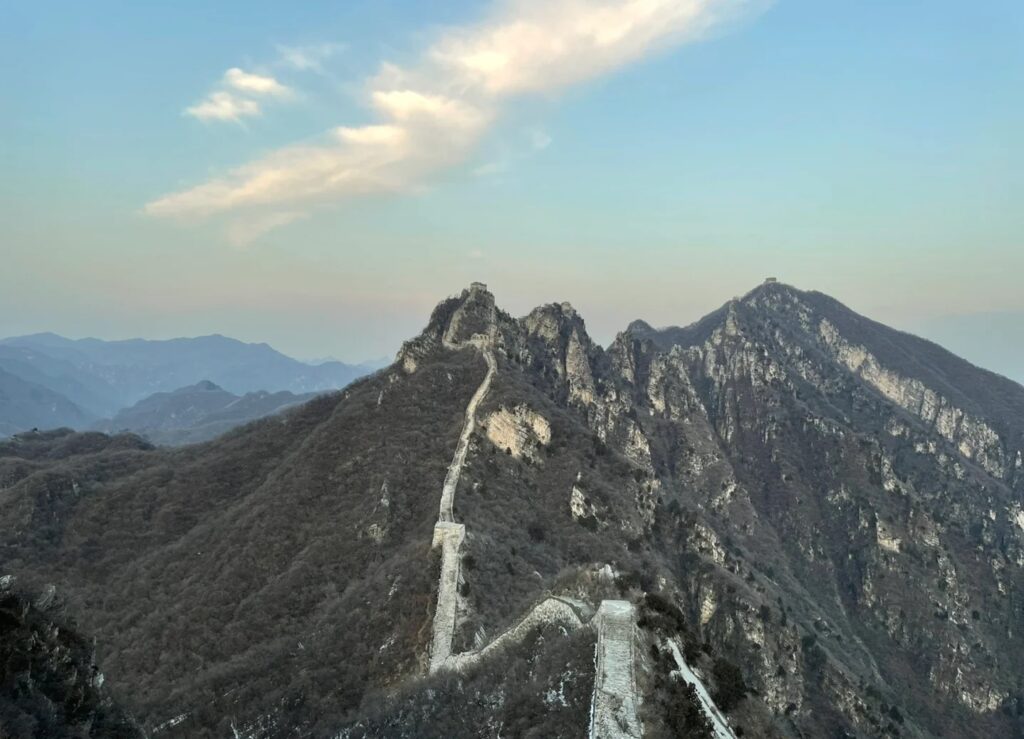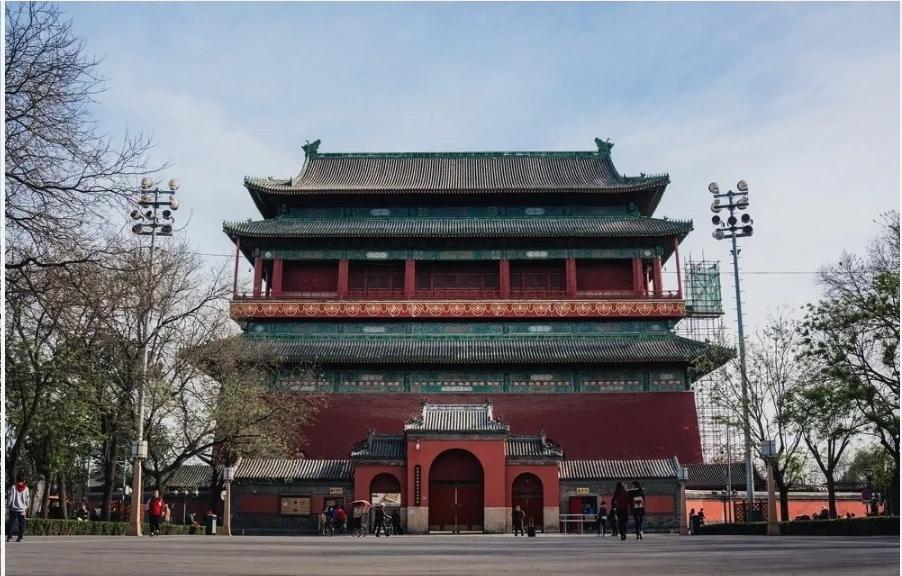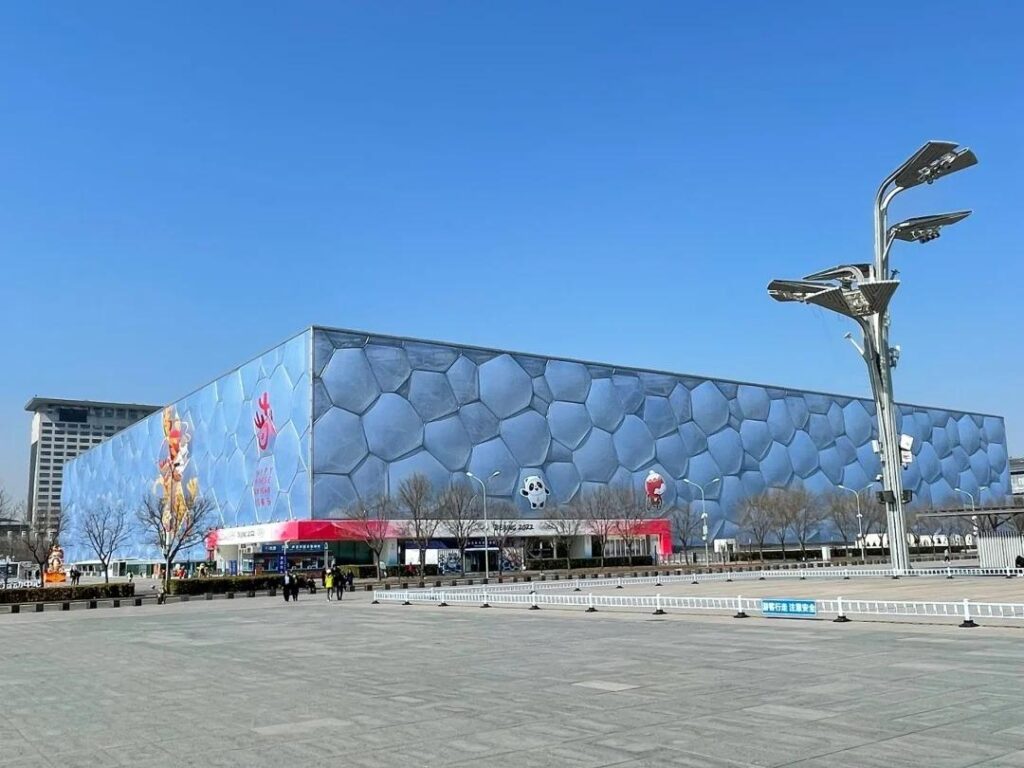Visiting Information
| Information | Details |
|---|---|
| Chinese Name | 雍和宫 (Yōnghégōng) |
| Location and Address | 12 Yonghegong Street, Dongcheng District, Beijing, China |
| Opening Time/Hours | 9:00 AM – 4:30 PM (April to October) 9:00 AM – 4:00 PM (November to March) |
| Entrance Fee | 25 CNY |
| How to Get There | By Metro: Line 2 or Line 5 to Yonghegong Lama Temple Station, Exit C By Bus: Take bus 13, 116, 117, or 684 to Yonghegong Station By Taxi: Tell the driver “Yonghegong” or show the Chinese characters 雍和宫 |
| Best Time for Visit | Spring (April-May) or Autumn (September-October) for pleasant weather |
| Contact Info | Tel: +86 10 8419 1919 |
Overview
The Lama Temple, also known as the Yonghegong Lamasery, is a renowned Tibetan Buddhist temple located in Beijing, China. It is one of the largest and most important Tibetan Buddhist monasteries outside of Tibet. The temple complex spans over 66,000 square meters and features a unique blend of Han Chinese and Tibetan architectural styles. It houses numerous cultural relics, including intricate sculptures, tapestries, and the world’s tallest Buddha statue carved from a single piece of white sandalwood.
Historical Background
Originally built in 1694 during the Qing Dynasty, the Lama Temple was initially a residence for court eunuchs. It was later converted into the court of Prince Yong (Yinzhen), who later became Emperor Yongzheng. After Yongzheng’s ascension to the throne in 1722, half of the building was converted into a lamasery, a monastery for monks of Tibetan Buddhism. In 1744, Emperor Qianlong officially declared the entire complex a lamasery, and it became an important center for Tibetan Buddhist studies. The temple played a significant role in the Qing Dynasty’s policies towards ethnic minorities, particularly Mongolians and Tibetans. It has survived many historical upheavals, including the Cultural Revolution, and remains an active place of worship and a popular tourist attraction today.
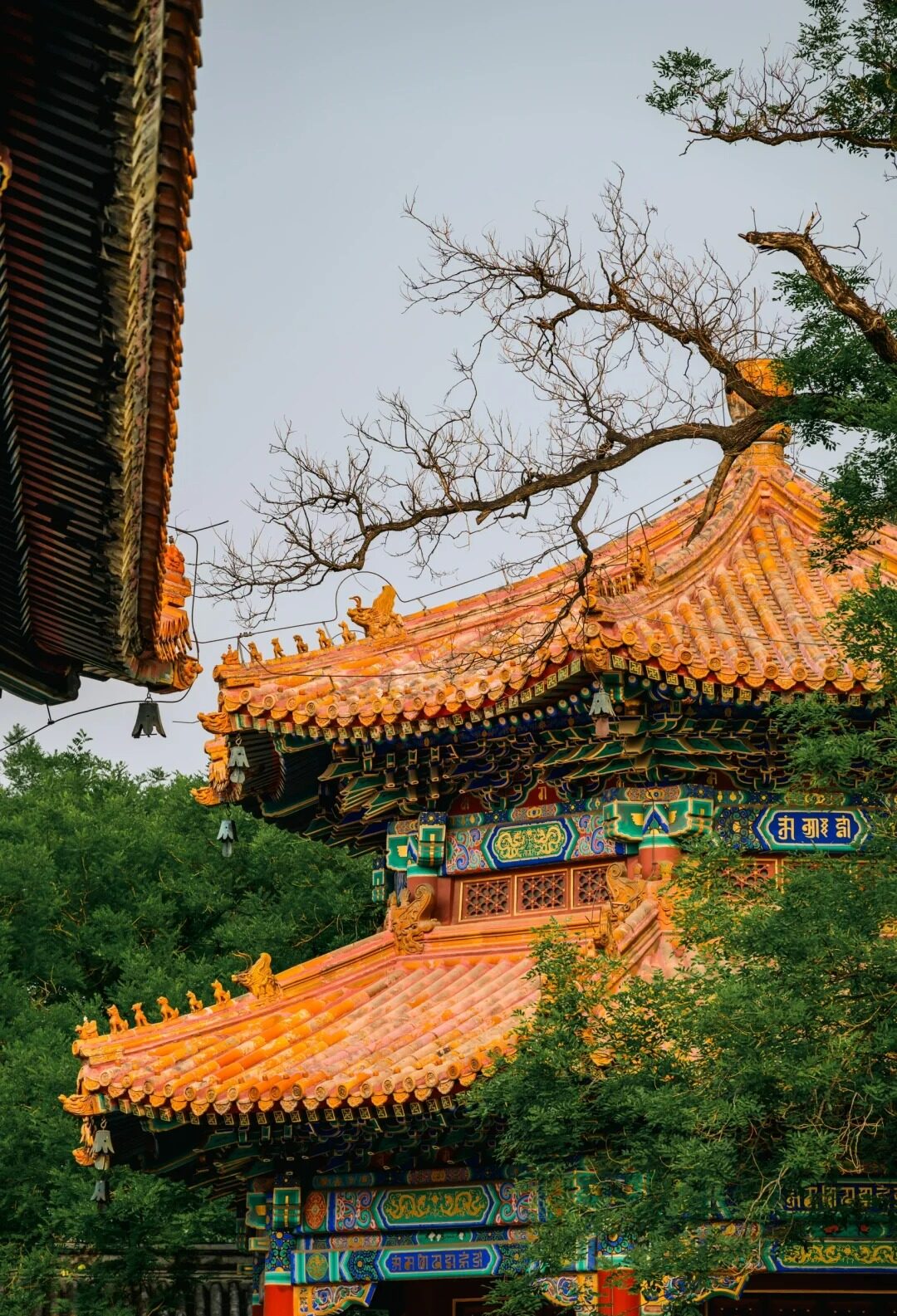
Architectural Features
- Hall of Harmony and Peace (Yonghedian): This is the main hall of the temple, featuring three bronze statues of the Buddhas of the Three Ages: Gautama Buddha (Buddha of the Present), Kasyapa Matanga (Buddha of the Past), and Maitreya (Buddha of the Future). The hall’s architecture showcases a blend of Chinese and Tibetan styles, with intricate carvings and vibrant colors adorning its exterior and interior.
- Hall of the Wheel of the Law (Falundian): This hall is dedicated to the study and promotion of Buddhist scriptures. It houses a large statue of Je Tsongkhapa, the founder of the Gelug school of Tibetan Buddhism. The hall’s ceiling is adorned with intricate mandalas and other Buddhist symbols, while its walls feature numerous scroll paintings depicting various Buddhist deities and teachings.
- Pavilion of Ten Thousand Happinesses (Wanfuge): This is the most impressive structure in the temple complex, housing the famous 26-meter-tall statue of Maitreya Buddha carved from a single piece of white sandalwood. The pavilion itself is a masterpiece of Qing Dynasty architecture, with its multiple eaves and golden roof tiles creating a striking silhouette against the Beijing skyline.
Cultural Importance
The Lama Temple holds immense cultural significance as a symbol of harmony between different ethnic groups in China, particularly the Han Chinese and Tibetans. It represents the Qing Dynasty’s policy of using Buddhism to unite various ethnic groups under imperial rule. The temple serves as a crucial center for Tibetan Buddhist studies and has played a vital role in the exchange of Buddhist culture between Han Chinese and Tibetan regions. Its extensive collection of Buddhist art, including statues, thangkas (religious paintings on cotton or silk), and sutras (Buddhist texts), makes it an invaluable repository of Tibetan Buddhist culture. The temple’s continued operation as both a tourist attraction and a place of worship demonstrates the coexistence of tradition and modernity in contemporary China.
Surrounding Attractions
- Confucius Temple: Located just a short walk from the Lama Temple, the Confucius Temple is the second-largest Confucian temple in China. Built in 1302, it honors Confucius, China’s great philosopher and educator. The temple complex includes the Confucius Temple itself, the Imperial Academy, and the Guozijian (Imperial College). Visitors can explore the ancient halls, admire the traditional Chinese architecture, and learn about Confucian philosophy and its influence on Chinese culture.
- Ditan Park (Temple of Earth): Situated north of the Lama Temple, Ditan Park is one of Beijing’s four sacred spaces. Originally built in 1530 during the Ming Dynasty, it was where emperors performed annual ceremonies to pray for good harvests. Today, it’s a popular public park known for its serene environment, ancient altars, and traditional Chinese gardens. During the Chinese New Year, the park hosts one of Beijing’s largest temple fairs, featuring traditional performances, food stalls, and cultural exhibitions.
- Wudaoying Hutong: This charming alleyway, located just west of the Lama Temple, offers a glimpse into traditional Beijing life while showcasing modern boutiques, cafes, and art galleries. The hutong has become a trendy area in recent years, known for its mix of old Beijing architecture and contemporary design. Visitors can explore unique shops, sample local and international cuisines, and experience the blend of old and new that characterizes modern Beijing.

Photography Opportunities
- Architectural Details: The Lama Temple offers numerous opportunities to capture intricate architectural details. From the ornate roof tiles and colorful eaves to the delicate woodcarvings and painted beams, photographers can focus on the fine craftsmanship that adorns every corner of the temple. The contrast between the vibrant colors of the buildings and the often clear blue Beijing sky can create stunning images.
- Buddha Statues: The temple houses numerous Buddha statues of various sizes, with the most impressive being the 26-meter-tall Maitreya Buddha statue in the Pavilion of Ten Thousand Happinesses. While photography of this statue is often restricted, there are many other beautiful statues throughout the complex that make for compelling subjects. The play of light and shadow on these statues, especially during the golden hours, can create dramatic and evocative images.
- Ritual Objects and Offerings: Throughout the temple, you’ll find various ritual objects, incense burners, prayer wheels, and offerings that provide interesting close-up photography opportunities. These items offer a glimpse into the active religious life of the temple and can result in visually rich and culturally significant images.
- People and Culture: The Lama Temple is not just a historical site but an active place of worship. Respectful photography of monks going about their daily routines or worshippers offering incense can capture the living culture of the temple. During festivals or special events, there may be opportunities to photograph colorful ceremonies or rituals, providing a dynamic element to your images.
Modern Importance
- Religious Center: The Lama Temple continues to function as an important center for Tibetan Buddhism in Beijing. It serves as a place of worship for local Buddhists and pilgrims from around the world. The temple plays a crucial role in preserving and promoting Tibetan Buddhist teachings and practices in the capital city, offering a space for spiritual activities and religious education.
- Cultural Exchange: As one of Beijing’s most visited religious sites, the Lama Temple serves as a bridge for cultural exchange between different ethnic groups within China and between China and the rest of the world. It provides visitors with an opportunity to learn about Tibetan Buddhism, Chinese history, and the complex relationships between various cultural traditions in China.
- Tourist Attraction: The Lama Temple is a major tourist destination in Beijing, attracting millions of visitors each year. Its significance as a tourist site contributes to Beijing’s economy and helps promote cultural tourism in China. The temple’s role in tourism also helps raise awareness about China’s religious and cultural diversity among international visitors.
- Educational Resource: The temple serves as an important educational resource for students, researchers, and anyone interested in Buddhist art, Chinese history, or religious studies. Its extensive collection of artifacts, sculptures, and religious texts provides valuable material for academic study and research. The temple’s ongoing restoration and preservation efforts also contribute to the field of heritage conservation.
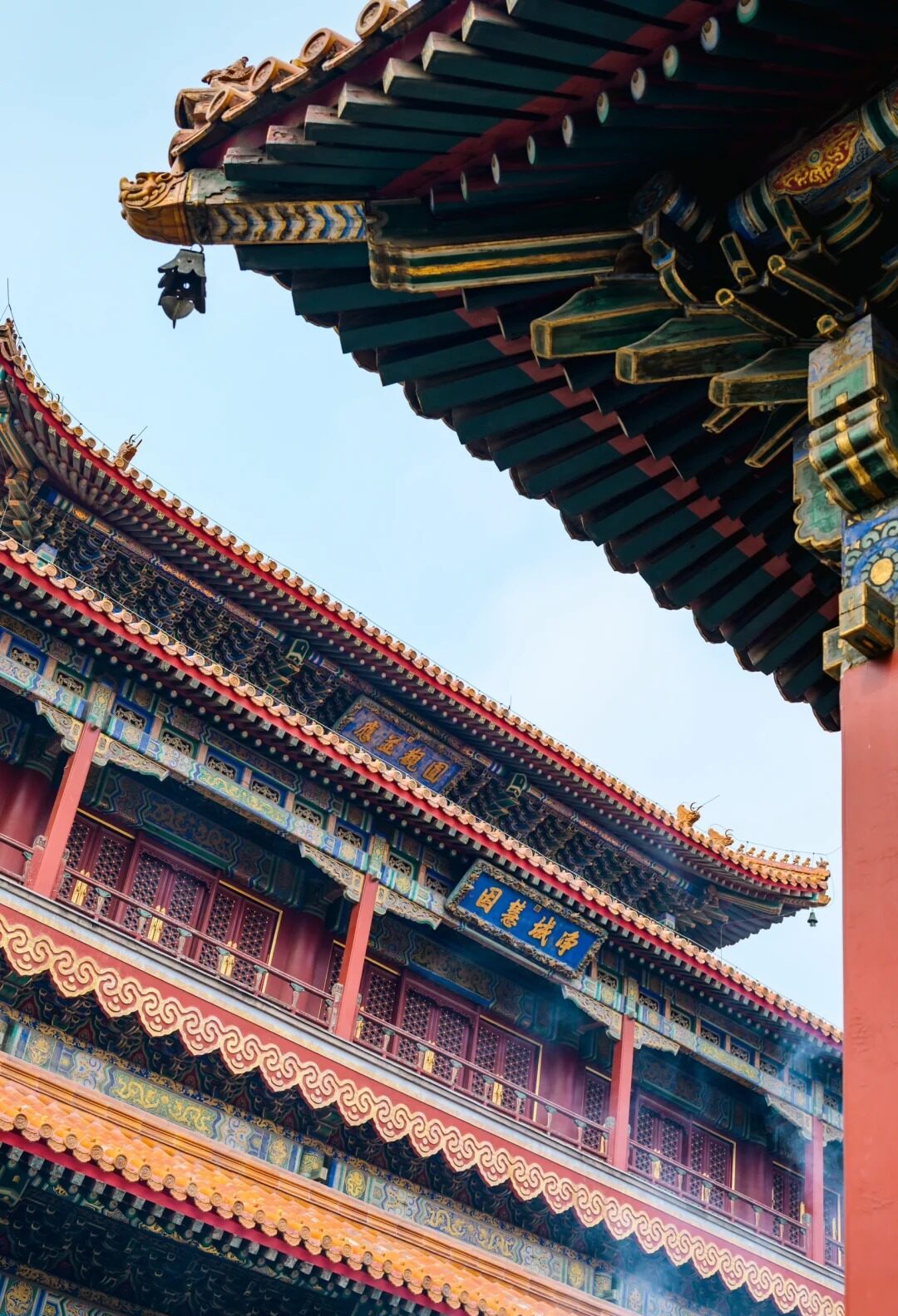
FAQ
- What is Lama Temple famous for?
Lama Temple is famous for being the largest Tibetan Buddhist temple outside Tibet, its unique blend of Chinese and Tibetan architecture, and housing the world’s tallest Buddha statue carved from a single piece of white sandalwood. - What’s inside Lama Temple?
Inside Lama Temple, you’ll find numerous halls with Buddha statues, intricate carvings, tapestries, and Buddhist artworks. The most notable feature is the 26-meter-tall Maitreya Buddha statue in the Pavilion of Ten Thousand Happinesses. - Is Lama Temple free?
No, Lama Temple is not free. There is an entrance fee of 25 CNY per person. - Is Lama Temple worth visiting?
Yes, Lama Temple is worth visiting for its historical significance, beautiful architecture, and rich cultural heritage. It offers a unique glimpse into Tibetan Buddhism in Beijing. - What to do in Lama Temple?
In Lama Temple, you can explore the various halls, admire the Buddha statues and artworks, observe Buddhist rituals, spin prayer wheels, and learn about Tibetan Buddhist culture and history. - How do I get to Lama Temple in the local city?
In Beijing, you can reach Lama Temple by taking Metro Line 2 or 5 to Yonghegong Lama Temple Station and using Exit C. Alternatively, you can take buses 13, 116, 117, or 684 to Yonghegong Station. - How to visit Lama Temple?
To visit Lama Temple, arrive during opening hours (9:00 AM – 4:30 PM from April to October, 9:00 AM – 4:00 PM from November to March), purchase a ticket at the entrance, and follow the designated route through the temple complex. It’s recommended to dress modestly and be respectful of religious practices. Consider hiring a guide or using an audio guide for a more informative experience.


